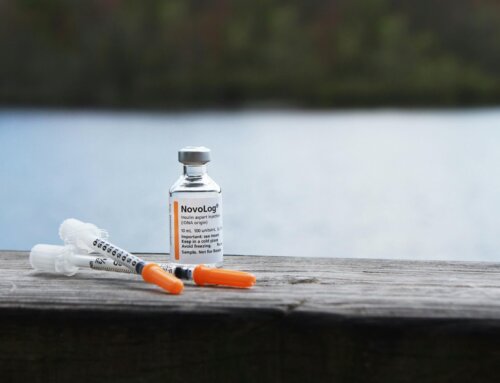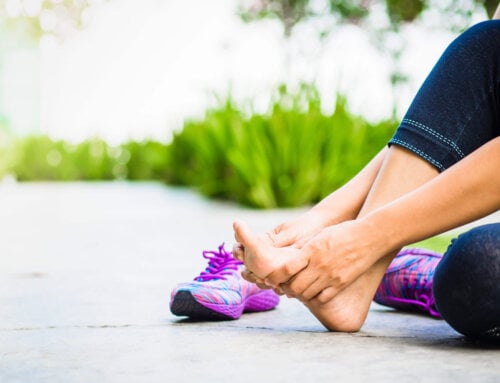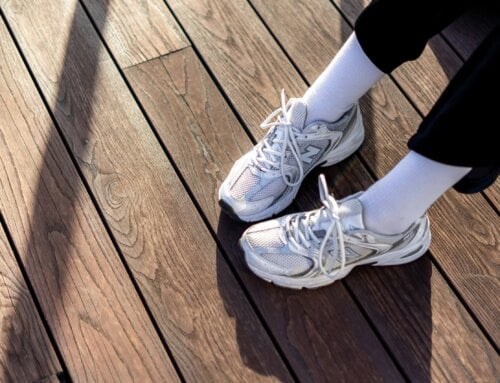At ADW Diabetes, we try to keep you informed about issues dealing specifically with diabetes. Often during our sessions, patients go off topic but ask questions tied into their diabetes treatment. The questions usually focus on their lifestyle which is an important component of diabetes management. I thought it would be worthwhile to share some recent questions I was asked during various sessions.
Hopefully there is always something new to learn!
- I have recently started a walking exercise program since you told me there is nothing better to help my insulin resistance, but I keep getting swollen hands and feet by the time I get home. Why is this and can it be dangerous? Although it may be alarming, developing swelling in the hands and feet while walking is quite common. Walking causes increased blood flow to the vessels and since the blood vessels in the hands and feet are small and close to the surface, you notice them more. Your hands and feet are below heart level and gravity can make the blood pool in these areas as well. Hot and damp weather can cause extremities to swell. It may help to do knee lifts and raise your arms above your head every 15 minutes during your walk. Shake out your hands and feet to help redistribute the blood. Buying shoes a half size larger than your regular size may be beneficial but make sure your feet are not sliding around which could cause blisters. The swelling is not dangerous and should dissipate within an hour of returning from your walk. If the swelling continues for longer or increases to the point of discomfort, contact your health care provider.
- Why do you suggest that I keep my feet covered at all times with shoes, slippers or water shoes, though I still have good sensation in my feet? My podiatrist poked me on the soles of my feet and I felt everything. Diabetes teaching and management focuses on prevention instead of treating the problem after it occurs. Accidents do happen even with good sensation which could have easily been prevented. I have seen patients who have dropped jars and cans on their bare feet which resulted in broken bones. I have seen patients who have stepped on sewing pins and needles which have lodged inside the foot and had to be surgically extracted. I taught a patient who swam daily in a swimming pool with a ragged marcite bottom and ended up with an infection which kept him off his feet for 8 weeks; he had to take high dose IV antibiotics along with going for hyperbaric treatment. Diabetes can eventually cause nerve ending damage without many symptoms along with poor blood flow due to narrowed vessels in the feet. Patients who start off with protective habits use them later in life when they really may need them since diabetes and its complications can be progressive. Proper foot care may be a limb saver!
- You recommend a spoonful of peanut butter with 2-4 crackers as a perfect bedtime snack but I’m allergic to peanut butter! There is nothing magical about peanut butter although it is a good source of protein and monounsaturated fat while being fairly inexpensive and filling. The best bedtime snack should include a serving of a protein and one serving of a carbohydrate (not fruit). Although peanut butter has the most protein of all nut butters (4 grams), there are other delicious nut butters including hazelnut, almond, and walnut butter. Hazelnut butter has the most fiber, walnut butter is richest in Omega 3 fatty acids and almond butter is high in vitamin E. There is sunflower seed butter as well if you are allergic to nuts. Look for brands that are low in added sugar and salt. Health food stores and certain grocery chains usually sell fresh ground nut butters with nothing added which are the best options. If you do not like nut butters add a piece of turkey or cheese to your crackers for the same results.
- Why do I bruise more easily as I get older? Is this related to diabetes? Many people are on a low dose aspirin for health maintenance (heart problems associated with diabetes) which can increase your risk of bleeding and bruising. Other patients with diabetes have had a stroke, atrial fibrillation or a blood clot and need to take a blood anticoagulant called Coumadin, Pradaxa or Xarelto. Patients with diabetes often have cardiac procedures including cardiac stents which require treatment with an anti-platelet medication called Plavix. All of these medications increase bleeding, bruising and healing time. Also the skin thins as we age, so we may experience more superficial bleeding and bruising even without taking these medications. Bruises are from capillaries breaking near the skins surface due to a bump or a bang. Women tend to bruise more easily. Certain OTC supplements including fish oils and Gingko may have a blood thinning effect. Skin conditions including eczema may require topical steroids which thins the skin and increases bruising and bleeding. Oral systemic steroids used to treat asthma, or severe allergies can thin the skin and increase bruising and bleeding. Steroid shots for injuries or arthritis can increase superficial bleeding and bruising. Never stop taking your medications, even if you do notice more dark black and blue marks, without checking with the health care provider. These medications can be very helpful for your conditions. Most skin marks and spots are not serious; if they do not heal in a reasonable time, plan to be checked.
- Does it matter when I take my Metformin for diabetes? Metformin continues to be the most prescribed oral medication upon diagnosis of type 2 diabetes. Many people who take Metformin suffer with gas, bloating and diarrhea as a side effect. In that situation it is recommended to take it with a meal or right after the meal. Patients who are not told when or how to take their medicine often take it on an empty stomach or at bedtime. If timing does not relieve your stomach problems, your physician may change the prescription to Metformin XR (extended release) which has less stomach side effects or a more expensive name brand called Glumetza. Metformin DR (delayed release) which is new seems to be absorbed in the lower intestine rather than the bloodstream; this may be helpful for those with kidney issues who do not tolerate regular Metformin due to a risk of lactic acidosis. Always check with your doctor or pharmacist when starting a new medication for proper timing.
These are just a few questions I have answered in the last few appointments. Feel free to write to ADW diabetes if you have a question you would like to share. Keep learning!
NOTE: Consult your Doctor first to make sure my recommendations fit your special health needs.












Walking and lifting weights are the best way to
lower blood sugar , and it does not have to be heavy weights, lots of gyms
offer diabetes management programs. Consistency is the key.
Paul